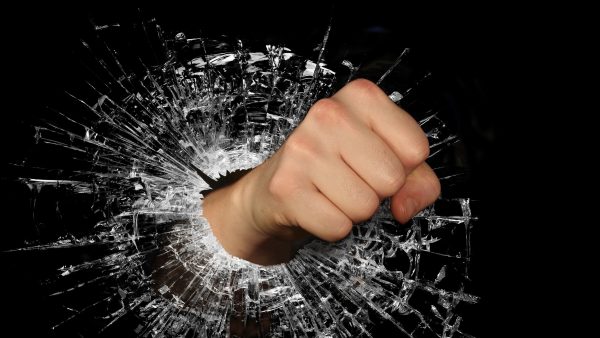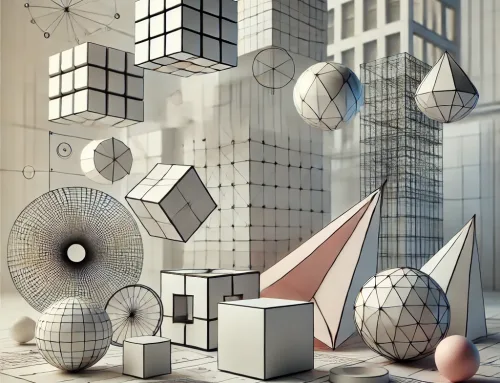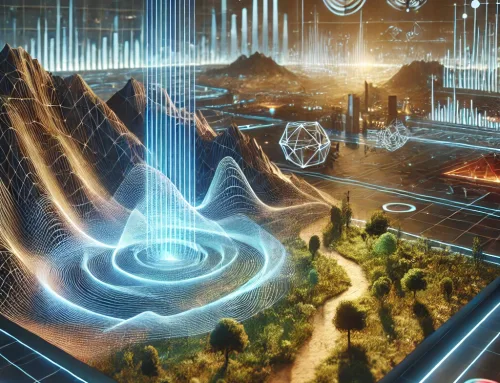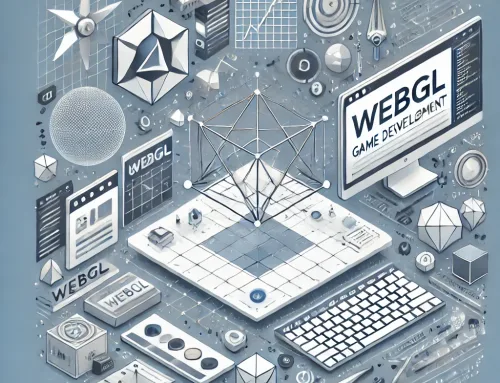Fünf Möglichkeiten, wie ihr Computer ihre 3D-Modelle ruiniert.
Bei der Erstellung von 3D-Modellen ist ihr Computer natürlich ein wichtiges Werkzeug. Es ermöglicht ihnen, atemberaubende Umgebungen und überzeugende Charaktere zu schaffen, die Videospiele, Werbespots und Filme füllen. Bei aller Kraft und Leistungsfähigkeit verbirgt ihr Computer ein kleines und dunkles Geheimnis. Es ruiniert ihre Modelle.

Erstellen von extrem scharfen Kanten.
Wenn Sie mit dem Computer Polygonmodelle erstellen, treten Facetten auf, wenn sich der Winkel einer benachbarten Polygonfläche ändert. Denken Sie an die Kanten eines Tisches, einer Waffe oder eines Smartphones. Wenn man genau hinsieht, sind es nicht perfekt scharfe Kanten. Das Problem sind Kanten im wirklichen Leben, selbst scharfe Kanten sind nicht so scharf. Standardmäßig lässt ihr Computer diese Kanten extrem scharf erscheinen. So sehen ihre Modelle am Ende wegen der zu scharfen Kanten nicht sonderlich real aus. Um dieses Problem zu lösen, können Sie die Kanten abschrägen. Dadurch entsteht eine Schleife von Flächen, die das Licht einfängt oder Sie können das Modell unterteilen und Rillwerte für diese Kante festlegen.
Perfekte gerade Linien.
Ihr Computer ist wirklich gut darin, den schnellsten Weg von Punkt A nach Punkt B zu gehen. Das bedeutet oft, dass die von ihnen gebauten Modelle voller Geraden und ebener Flächen sind. Auch dies kann ein Problem sein, weil Sie normalerweise möchten, dass ihre Modelle einen gewissen Sinn für Realismus haben. Versuchen Sie, lange Linien und Ebenen mit einer kleinen Unregelmäßigkeit aufzubrechen. Möglicherweise kann der lange Holzstützbalken ein wenig über seine Länge variiert werden oder es kann ein wenig Klumpenbildung an einem Boden oder einer Decke angebracht werden. Wie bei allen Modellen, die Sie erstellen, ist es immer gut, das Material zu berücksichtigen, das ihr Modell repräsentiert. Ihr hölzernes Schaukelstuhlmodell mag eine Unregelmäßigkeit erfordern, aber die Paneele ihres italienischen Sportwagenmodells wahrscheinlich nicht.
Alles perfekt arrangieren.
Einer der großen Vorteile des Modellbaus mit einem Computer ist die Möglichkeit, vorhandene Geometrien wiederzuverwenden. Viele Objekte haben wiederholte Teile und selbst Sets haben oft Objekte, die in bestimmten Abständen platziert werden müssen, wie Straßenlaternen oder Mülltonnen. Computer sind großartig darin, diese Kopien zu erstellen, aber standardmäßig sind sie alle perfekt gleich und stehen ein wenig unrealistisch da. Es wird ihrerseits mehr Aufwand erfordern, die Transformationen auf diesen Kopien zu ändern, um einen realistischeren Look zu erzeugen. Dies kann das Randomisieren der Position einiger duplizierter Steine oder das manuelle Bewegen, Drehen und Skalieren von Büchern auf einem Bücherregal beinhalten.
Die Dinge passen zu gut.
So wie Sie Objekte schnell duplizieren können, können Sie auch die Geometrie einfach wiederverwenden, um mit dem Computer Passteile zu erstellen. Denken Sie darüber nach, ein Bett zu modellieren. Sie könnten damit beginnen, die Matratze zu bauen und dann einen Teil der Matratzengeometrie für Bettwäsche, Decken usw. zu extrahieren. Wenn Sie das aber tun, sollten Sie sich sicher sein, dass Sie diese Decken ein wenig durcheinander bringen. Fügen Sie beispielsweise einigen Falten und andere Unregelmäßigkeiten hinzu, um sicherzustellen, dass sie nicht vakuumverpackt an die Matratzengeometrie angepasst sind. Das Extrahieren von Geometrien kann eine großartige Möglichkeit sein, unnötige Modellierungen zu vermeiden, aber seien Sie sicher, dass Sie einige Zeit damit verbringen, die neue Geometrie für einen realistischeren Look zu optimieren.
Perfekte Symmetrie.
Symmetrie ist ein weiteres zweischneidiges Schwert bei der Arbeit mit einem Computer. Es ist ein großer Zeitgewinn, nur eine Hälfte eines Modells zu bauen, da man weiß, dass man die andere Seite am Ende duplizieren kann. Das funktioniert gut für Dinge wie Fahrzeuge und sogar Charaktere, aber die Arbeit sollte hier nicht aufhören. Sobald die Funktionen erledigt sind, insbesondere bei einem organischen Charakter, verbringen Sie einige Zeit damit, eine kleine Asymmetrie hinzuzufügen, um das wirkliche Leben besser wiederzuspiegeln. Wenn Sie das nächste Mal ein 3D-Modell erstellen, denken Sie daran, dass Sie, obwohl das Standardverfahren ihres Computers Sie einen langen Weg zu ihrem Endergebnis führen kann, dort nicht aufhören sollten. Einige Zeit damit zu verbringen, diese kleinen Unregelmäßigkeiten einzubauen, wird ihren Modellen den letzten Schliff geben.


